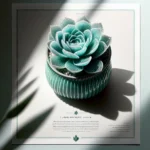Introduction to Haworthia Blooms
Welcome to the enchanting world of Haworthia blooms—succulent jewels that punctuate the year with their extraordinary floral exhibitions. While they are often praised for their architectural foliage, the blooming Haworthia is something of a horticultural treasure hunt. Unlike their incessant leafy growth, these flowers are elusive, flourishing on whimsical schedules that can puzzle even the savviest of succulent enthusiasts.
Imagine the rare delight of spotting a Haworthia in full bloom, like the careful observer who stumbles upon a serendipitous floral masterpiece in their own windowsill garden. It’s a spectacle akin to witnessing the mysterious blooming of the Queen of the Night—a single, fleeting event that ties you to the rhythm of nature’s secretive clock. This section will not just wax lyrical about their beauty but arm you with the know-how to coax out these bashful blooms from your own Haworthia plants.
In the understated corners of drought-tolerant gardens, Haworthias wait patiently. Their modest size belies the potential within: with the right care, which is wonderfully low maintenance, they can surprise you. It’s like the story of a friend who, until now, has only allowed you to admire her from afar. Then one day, she graces the stage in all her glory, leaving you to marvel at the spectacle that’s unfolded before your eyes. That friend is your Haworthia, just before it blooms.
Learning from those who have found success, the trick is often in the subtlest of changes—an adjustment in light, a tweak in the watering schedule, or a new companion plant that whispers the secret of blooming. For instance, visit this guide to gain insights on plant care and witness how minor care adjustments can lead to major blooming events. The Haworthia bloom secrets are within your grasp, ready to transform your quiet, green succulent into a showy, blooming sensation.

Understanding Haworthia Plants
Have you ever found yourself lost in the mesmerizing realm of Haworthia plants? These succulent gems are not just any ordinary houseplant; they’re a window into a world where the extraordinary happens almost imperceptibly. Their compact rosettes of fleshy, often patterned leaves, are a study in symmetry and resilience. And within the sturdy embrace of their geometric foliage lies a secret—a rare and wondrous event often whispered about among gardening enthusiasts: the Haworthia bloom.

Engage with any one of the numerous Haworthia types—be it the translucent ‘Window Haworthia’, the striking ‘Zebra Haworthia’, or the cobwebbed ‘Spider White Haworthia’—and you’ll realize these aren’t just plants. They’re a constellation of unique species, each with their own tale of survival and beauty. Originating from the arid regions of South Africa, these succulents have evolved to thrive with minimal fuss, requiring just the right touch of sunlight, a sip of water, and a patient caretaker.
But why is a Haworthia in bloom so captivating? Because it’s a rarity—a botanical celebration that marks years of patient care and ideal conditions. The spectacle begins with a slender, almost tentative stalk, which, against all odds, ascends upright from the mother plant. As it stretches towards the sky, anticipation builds. Then, like a slow explosion of starlight, delicate flowers unfurl, each petal a silent triumph. It’s not just a bloom; it’s a coronation for the patient gardener, a tactile testament to the hidden complexities of nature.
What sets these succulent’s flowers apart isn’t just their beauty, but also their ephemerality. As quickly as they appear, the blooms can fade, a reminder of the fleeting beauty we often overlook in our daily lives. These blooms are not just an extraordinary aspect of the Haworthia’s life cycle—they are symbols of nature’s transient artistry, and a reward for those who take the time to notice the small wonders of the world.
The Blooming Journey of a Haworthia
Embarking on the blooming journey of a Haworthia is akin to watching a slow and enchanting dance; one that requires patience but rewards spectators with a stunning floral display. Let’s peel back the layers of time to observe the key stages in the lifecycle of these resilient blooms, from shy beginnings to their graceful bow.
It all starts with the first hint of green, announcing bud formation amidst the fleshy leaves. During this anticipative phase, a close-eye is warranted, as conditions must be just right. A caring guide can furnish you with the knowledge of ideal temperatures and watering frequency to tip the scales in favor of a successful bloom.
As days pass, the budding stem lengthens, reaching upward in a quest for sunlight. This timeline, however, is not set in stone, as each Haworthia’s bloom can vary widely in terms of maturation, some taking weeks, others—months. The gardener’s touch plays a significant role here, and a visit to our succulent care page can offer insights into perfecting your nurturing techniques.
When blossoms finally unfurl, you’re treated to a spectacle of colours and forms, many bearing delicate, trumpet-shaped flowers. The air of excitement is palpable, each open petal signaling triumph. Haworthia flowers typically display a muted palette—whites, greens, and pinks—at times flecked with deeper shades, a humble beauty fitting their resilient nature.
After the peak of the blooming period, a slow transition begins; petals lose their vigour, colour fades, and a gentle wilting sets in. The entire process, from the first bud to blossom fade, serves as a powerful metaphor for persistence and transformation, a visual lesson in the art of patience.

As the floral display of your Haworthia comes to its inevitable close, the plant’s energy shifts back to sustaining its succulent foliage, readying itself for the cycle to begin anew. Through careful observation of this journey, one grows to appreciate the intricate dance of life and resilience embodied by the humble Haworthia bloom.
Optimal Conditions for Haworthia Flowering
Welcome, green thumbs and succulent enthusiasts, to your guide on nurturing the Haworthia’s floral display! Bursting into bloom isn’t just about luck; it’s about creating the utmost paradise for your plucky plant. Let’s dig into the nitty-gritty of what it takes to witness the spectacular bloom of a Haworthia.
Let There Be (Gentle) Light!
When it comes to sunlight, think of Goldilocks – not too much, not too little, but just right. Haworthia thrives in bright, indirect sunlight. Imagine a cozy nook by a window where the morning sun gently caresses the succulent’s leaves, initiating a stretch towards the skies. This is where your Haworthia can truly soak in the energy needed to sculpt those budding flowers.
Keep it Cool, Keep it Comfy
Now, let’s chat temperature. These succulents enjoy staying cool, with a sweet spot between 60 to 85°F (15 to 29°C). Picture a mild spring day, where the air is as refreshing as a chilled glass of lemonade. That’s the kind of vibe your Haworthia is looking to bask in. It’s like setting the stage for a floral performance where the temperature is the mood lighting.
Humidity: A Delicate Dance
Diving into humidity, it’s a delicate dance for the Haworthia. They aren’t demanding high humidity levels like a tropical rainforest inhabitant. Instead, they fare well in average room humidity. If you’ve ever left a slice of cake out and it remained perfectly moist, that’s the humidity your Haworthia desires to unfurl its blossoms.
Water Wisely, Bloom Bravely
Onto the topic of watering – it can be the make or break of the blooming chapter. Overzealous watering can lead to a quick demise, while under-watering will keep those blooms at bay. Picture watering like giving your plant a small sip of a well-aged wine; it’s about quality, not quantity. Allow the soil to dry out between watering, and when you do water, let it drain thoroughly.
To put all this advice into perspective, let’s peek at a visual aid. Check out this video where a discerning grower walks you through the meticulous care of a Haworthia, on its journey to bloom.
Remember, inducing blooming in your Haworthia is a labor of love infused with a pinch of science. By replicating these optimal conditions, you’re not just growing a plant; you’re curating an environment for living art to emerge. So, don your gardening gloves, adjust that sunhat, and await the grand floral spectacle your Haworthia is preparing just for you!
Caring for Your Blooming Haworthia
When the dainty blossoms of your Haworthia begin to unfurl, it’s a moment worth celebrating. But to keep the party going, you’ll need some insider know-how. Here’s your ultimate guide to nurturing those delicate flowers into a full, vibrant display that captures the essence of nature’s perfection.
First things first, as soon as your Haworthia announces its blooming intentions, ensure it’s situated in an ambiance that mimics its natural habitat—a well-lit area with gentle, indirect sunlight. Just like the right lighting sets the mood at a soirée, the correct light exposure can mean the difference between a fleeting bloom and a lasting floral spectacle. But beware of too much direct sunlight; it can be the uninvited guest that causes those precious petals to wither.
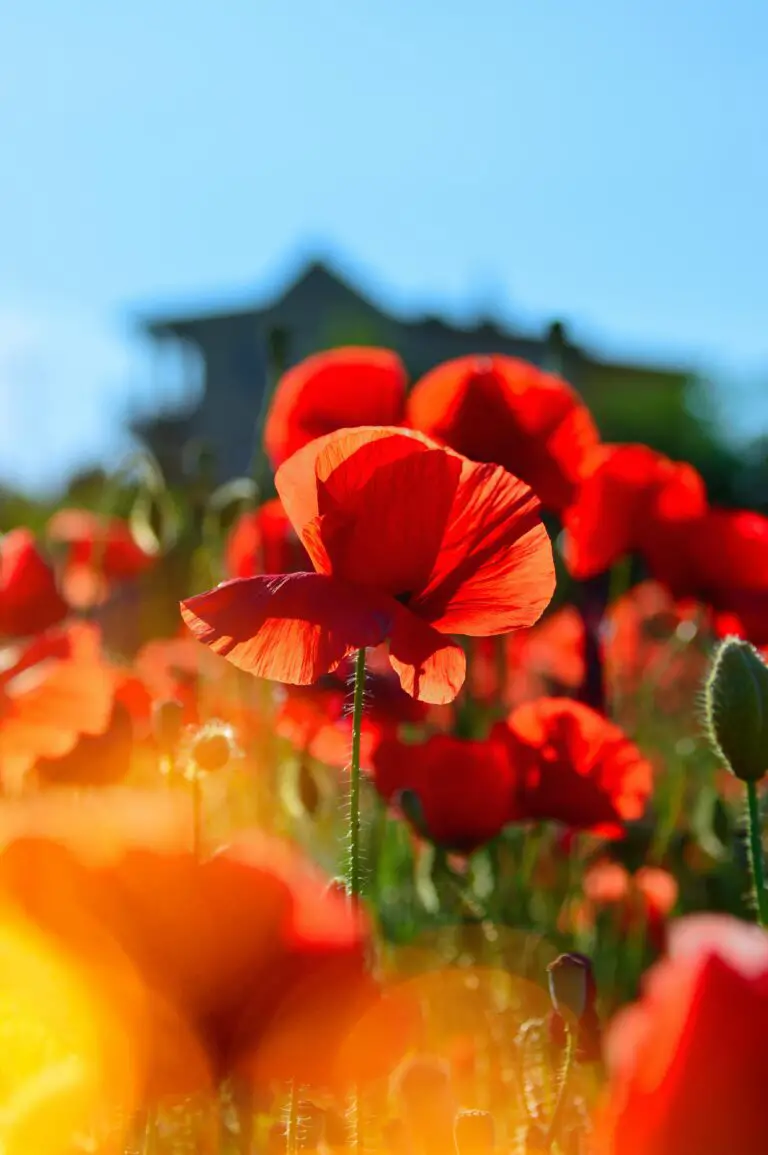
While Haworthia aren’t divas when it comes to care, they do have their preferences, especially during bloom time. Watering is like a fine wine pairing—it needs to be just right. Wait for the soil to dry out between waterings, then provide a deep drink. This simulates the rainfall patterns of their native South African climes. But do not let your precious plant’s feet soak in water, as this can lead to root rot—a surefire party pooper.
Now, if your Haworthia starts throwing out a yellow flag—literally, through yellowing leaves—it might be signaling distress. Inspect the succulent closely for signs of pests, such as mealybugs or spider mites. If you spot any unwanted critters, a gentle cleaning with a soft brush and some soapy water can be an effective eco-friendly solution. In the case of severe infestations, you may need to bring out the organic insecticides.
Sometimes, despite your best efforts, the blooms may start to decline prematurely. This could be a telegram from your Haworthia, hinting at nutrient deficiencies. A balanced, succulent-specific fertilizer administered sparingly can provide the nourishment needed to reignite the floral show.
Should you wish to prolong the elegance of your Haworthia’s bloom, consider the strategic art of deadheading. Removing spent flowers encourages more energy towards the development of new blossoms, keeping the spotlight on your succulent’s performance.
For further succulent wisdom, check out our comprehensive guide to indoor succulent care, a treasury of insights for elevating your green companions to their full potential.
Remember, the secret to a stunning Haworthia bloom is not just a single step, but a symphony of care that nurtures and resonates with the natural rhythms of these mesmerizing succulents. With patience and attention to detail, you can curate a breathtaking floral display that not only brings joy but also becomes a testament to the harmonious relationship between plant and caretaker.
Common Challenges with Haworthia Blooms
Admiring your succulent’s foliage and anticipating its bloom is a truly rewarding experience for any plant enthusiast. But sometimes, despite our best efforts, haworthia plants present us with a set of challenges that can leave us scratching our heads. Worry not, for I’m here to guide you through some common predicaments that might be standing between you and that stunning floral display.
Struggle to Thrive: Light and Water Woes
Let’s get to the root of the issue—literally! Haworthias require a delicate balance of light and water to flourish. Too much direct sunlight can scorch their leaves, while insufficient light can lead to a lackluster bloom or none at all. Similarly, overwatering is the silent killer of many succulents, potentially leading to root rot, which is a surefire way to dampen any hopes of seeing those delightful flowers.
Take, for example, my friend Jenna’s haworthia. It sat on a dim coffee table, showing no signs of blooming. But once she relocated it to a brighter spot with indirect sunlight, it began to show promising growth. The moral of the story? A haworthia basking in the perfect amount of light with a watering routine that mimics its natural arid habitat will reward you with blooms.
Feeding Finesse: Nutrient Know-How
Another oft-overlooked aspect is feeding. These plants aren’t greedy—for nutrients, that is. A balanced, water-soluble fertilizer during the growing season can be the gentle nudge your haworthia needs to kickstart the flowering process. Just remember, a little goes a long way; over-fertilization can lead to build-up of harmful salts that may inhibit blooming or even harm the plant.
There was a time when I overzealously fed my own haworthia, only to watch it sulk. When I dialed back on the fertilizer and flushed the soil with clean water, it was as if I could hear it sigh in relief. Before long, a delicate flower stalk emerged, proving that sometimes, less truly is more.
The Temperature Tango: Finding the Sweet Spot
Haworthias are sensitive to extreme temperature changes. Too hot, and they might go dormant, too cold, and they can suffer from frost damage. It’s about finding that temperature sweet spot—usually between 60°F and 85°F (15°C and 29°C)—which encourages them to flower. Recall that sudden cold snap last April, when many thought it was safe to bring succulents outdoors? A good friend lost her prized haworthia when an unexpected frost hit. She learned the hard way that timing and gradual acclimatization are everything.
For more tips on nurturing your succulent’s health, explore our in-depth article on succulent care. With these strategies in your plant care arsenal, you’re well on your way to overcoming the challenges with haworthia blooms, ensuring your delightful little plant bursts into flower when the time is just right.
Post-Bloom Care: What to Do After Flowers Fade
The final curtain call of your Haworthia’s blossoms doesn’t mean the show is over. In fact, it’s the perfect time to set the stage for an encore performance! Let’s dive into the world of post-bloom pampering and ensure your succulent superstar is prepped and ready to shine again.
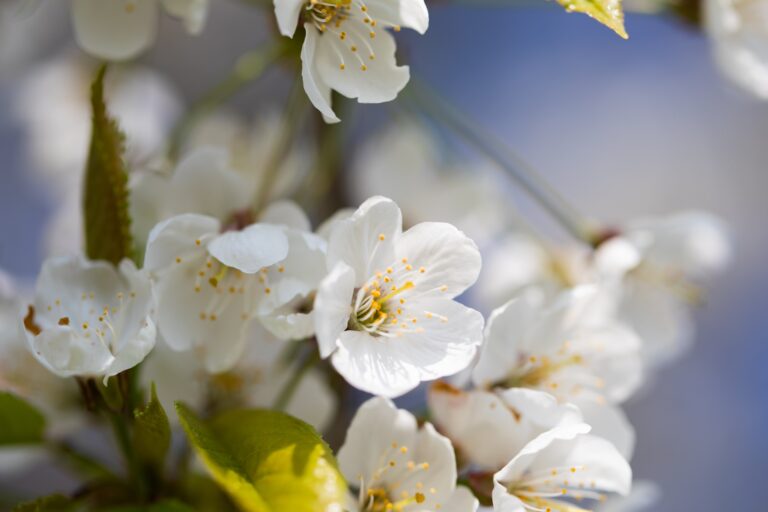
Deadheading: A Snip in Time Saves Nine
As those last delicate petals wilt, reaching for your pruning shears can be both therapeutic and beneficial. Deadheading, the practice of removing spent flowers, is more than a finishing touch. It prevents your Haworthia from expending unnecessary energy on seed production, energy that can be redirected towards overall health and future blooms. Think of it as helping your plant conserve resources for the next big show!
Adjusting Care: Read the Signs
A post-bloom Haworthia isn’t just any plant—it’s a plant with specific needs. As the flower show concludes, it’s time to adjust your care routine. If the leaves display a sun-kissed blush, it’s a sign they reveled a bit too long in the spotlight of direct sunlight. Transition them to a stage with more diffused lighting. And, if you’ve been an enthusiastic member of the water brigade, now is the moment to ease up and let the soil approach the brink of dryness before watering again.
Encore! Encouraging Future Blooms
Believe it or not, your Haworthia is already dreaming of its next performance. To set the stage for another breathtaking bloom, fertilize thoughtfully. A balanced, low-nitrogen succulent fertilizer will nourish without overwhelming. But remember, moderation is key—overfertilization can lead to a lush vegetative growth, sidelining the much-anticipated floral sequel.
In the end, your attention to post-bloom care for your Haworthia is the secret encore chant that can lead to the spectacle of yet another magnificent bloom display. With shears, sunlight, and soil on your side, you’re the director of a botanical masterpiece that’s always ready for another standing ovation.
Propagating Haworthia from Flowers
If you’ve been marveling at the dainty blossoms of your haworthia and find yourself wishing for more of these charming succulents, then you’re in luck! Propagation from flowers is not only possible but it’s quite an adventure in the world of plant parenthood. Here’s how you can triumph in nurturing a new generation of haworthias from their floral gift.
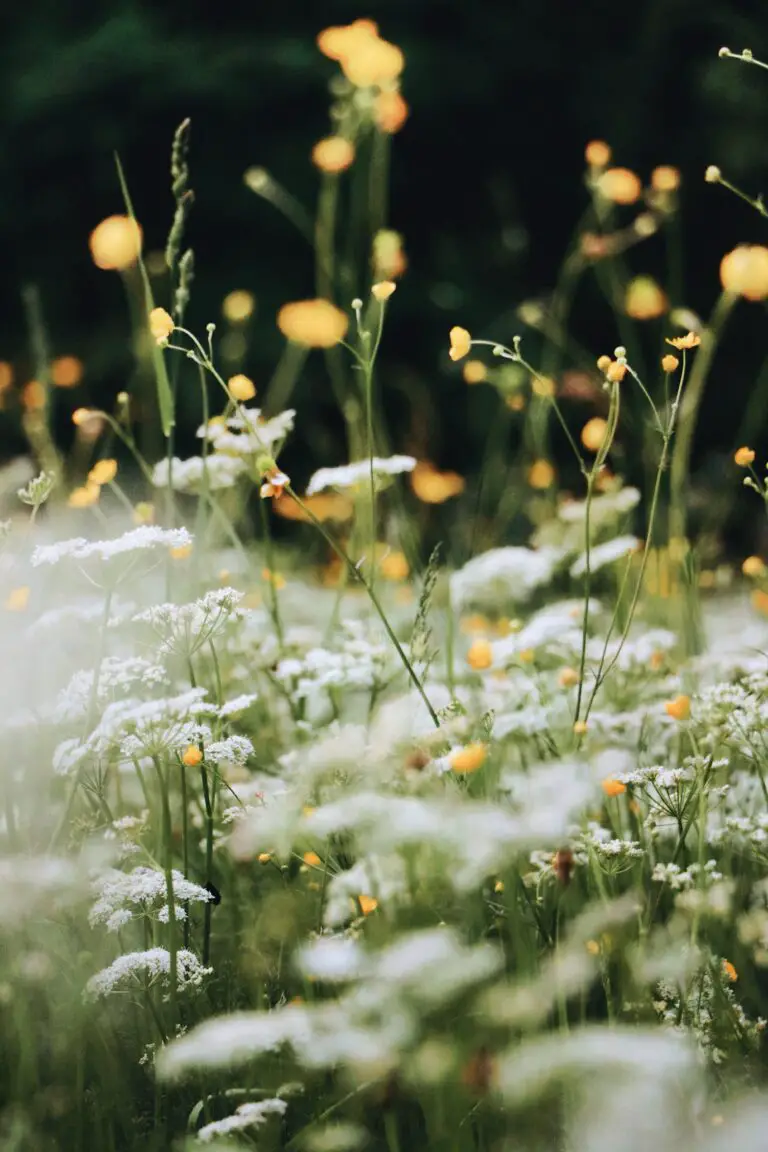
Firstly, keep a keen eye on your flourishing haworthia as it blooms. The goal is to collect seeds, but timing is everything. Once the flowers have been pollinated, they’ll begin to develop seed pods. As the petals wither and the base swells, mark your calendar! These pods are like tiny treasure chests waiting to spill their riches—seeds that could grow into new plants. Be patient; at peak ripeness, the pods will split open, ready for harvest.
When the moment arrives, harvest the seeds with care and a steady hand, ensuring you capture these precious pieces of future haworthia glory. Now, prepare for sowing by selecting a well-draining soil mix, as succulents detest having wet feet, and place these tiny ambassadors into the soil with a gentle touch. Precision is key here; a tweezer might become your best friend at this stage.
Next, the waiting game begins. Provide your haworthia seedlings with the essentials—light, warmth, and a bit of water. It’s a delicate balance; think of it as a dance where you don’t want to step too hard (overwatering) or not enough (drying out). With the right moves, soon you’ll witness the emergence of tiny green miracles poking through the soil, heralding the arrival of a new succulent army.
Throughout their growth, remember to treat these juvenile haworthias with the tenderness they require. Mimic the nurturing embrace of their native habitat—bright, indirect light, and sparse watering. Be the guardian they need and before you know it, you’ll be rewarded with a bevy of fresh, robust haworthias, each with the potential to bloom and continue the cycle of life.
Imagine the pride and joy as you watch these little ones you’ve cultivated from seed mature. With each tiny leaf and eventual flower, you’ll feel connected to the natural world in a profound way. This isn’t just gardening; it’s a relationship with life itself, all stemming from those delicate flowers that caught your eye one splendid day.
Curating a Year-Round Haworthia Display
Luscious and low-maintenance, Haworthias are the darlings of succulent enthusiasts the world over. One may wonder, how can we coax these spiky beauties to flaunt their flowers all year round? Read on, green-thumbed readers, because the secret to a non-stop Haworthia bloom festival lies just ahead.
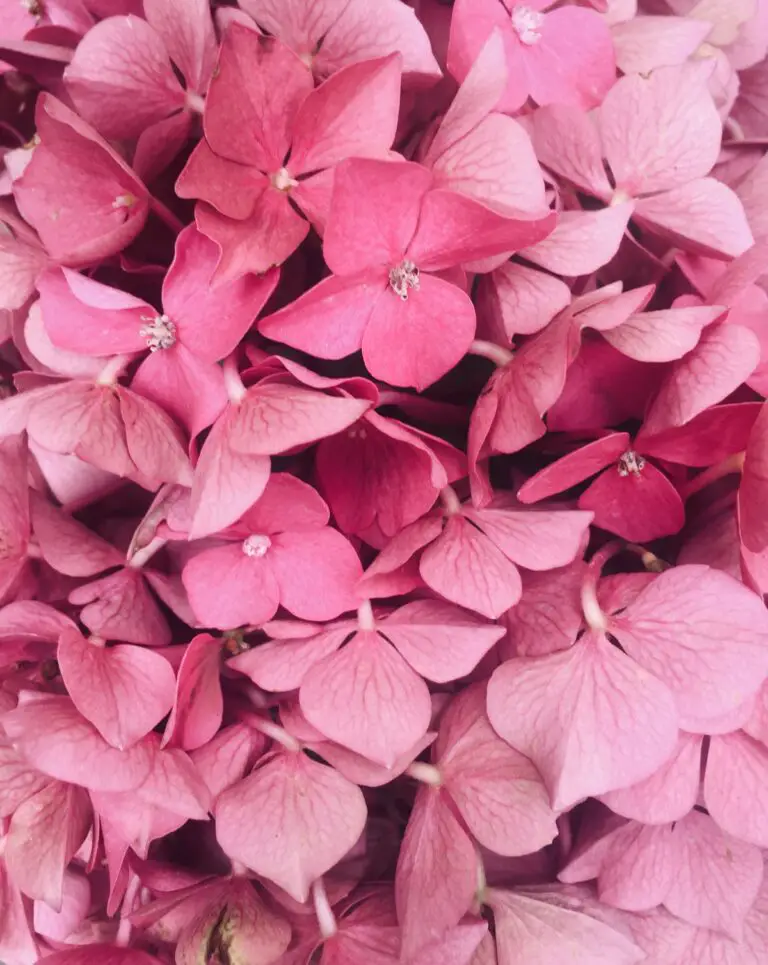
Imagine walking into a room where every corner presents a different act of the Haworthia extravaganza. Your winter blues are chased away by the sight of ‘Big Band’ – its robust, striped leaves giving rise to delicate, fairy-like blooms. As spring whispers its arrival, ‘Lime Green’ begins its performance, showcasing chartreuse flowers that nod in rhythm with every gentle breeze.
Transitioning into summer, the ‘Silver Queen’ reigns supreme with her glaucous leaves and a crown of pearl-like flowers. And when the days shorten, the ‘Zebra Plant’ steals the show with its stark, white blossoms set against a backdrop of dark, patterned foliage. But how do you orchestrate this year-round bloom?
Strategies for Back-to-Back Blooms
Firstly, knowing each variety’s flowering time is paramount. Combining Haworthias that bloom in different seasons ensures that as one plant’s flowers begin to wane, another’s are budding with the promise of a new spectacle. It’s like having a well-planned relay race where the baton of blossoms is always in motion.
Cultivating a mixed collection requires keen observation. While one might assume all Haworthias appreciate the sun’s harsh midday embrace, varietals such as the ‘Moon Shadow’ prefer the softer dawn and dusk light, which in turn influences their blooming schedule. Thus, placing your plants in their ideal locations will not only enhance their vigor but also their willingness to produce flowers.
Moreover, mimic the watering rhythms of their native South African climes—drought followed by a soaking rain. This practice encourages Haworthias to enter a cycle of active growth and dormancy, which is when they store energy for the grand performance—their bloom cycle.
Finally, regular feeding with a succulent-specific fertilizer during their growth phase provides the necessary encore to a successful flowering event. With these tips, you can be the maestro of a year-round botanical ballet, with each Haworthia waiting for its cue to take the stage and unveil its floral display.
Showcasing Spectacular Haworthia Blooms
Picture this: delicate flowers with a subtle charm, poised unassumingly above fleshy, green leaves. Yes, we’re talking about the radiant Haworthia bloom, a gem among succulents that deserves the spotlight in your plant collection. To ensure your Haworthia puts on its best floral show, let’s dive into some illuminating tips on how you can highlight these marvels of nature.
Strategic Positioning for Prime Viewing
Thoughtful positioning is key when aiming to accentuate Haworthia’s blooms. Think of your plant as an artist, and its blooms as masterpieces that need the perfect angle for appreciation. Place your Haworthia on a pedestal or a plant stand at eye level, where it can soak in ample light and be observed without the need to stoop. Not only does this offer a grand view, but it also prevents the delicate flower stalks from being jostled by passing traffic or curious pets.
Leveraging Lighting for Luminous Blooms
To fully capture the essence of Haworthia’s blooms, lighting is your best ally. These succulents flourish under bright, indirect sunlight, which helps the flowers develop vivid colors and strong structures. If natural light is scarce, consider supplementing with a grow light, but remember, it’s not just about illuminating the plant—it’s about crafting ambiance. A strategically placed light source can cast a gentle glow that makes the tiny blossoms glisten, transforming them into living jewels in your indoor garden.
Companion Plants as a Floral Framework
Consider the artistic concept of contrast and composition in a painting. Similarly, surrounding your Haworthia with companion plants can create a stunning visual framework that makes its blooms pop. Succulents with contrasting colors or textures provide a backdrop that underscores the delicate beauty of Haworthia flowers. For example, a rosette of Echeveria with its vivid hues can make the gentle green and white flowers stand out, while the sprawl of Sedum ‘Gold Mound’ can add a warm undertone that highlights the cooler tones of the blooms.
By employing these simple yet effective tactics, you’ll ensure that your Haworthia’s bloom is not just another floral event but a spectacular exhibition of nature’s understated elegance.

Frequently Asked Questions
Curious about coaxing out those charming Haworthia blooms? Let’s dive into the green-thumbed world of this succulent and unveil the mysteries behind its floral fanfare. Simply put, we’re here to provide the answers you’ve been uprooting your garden for!
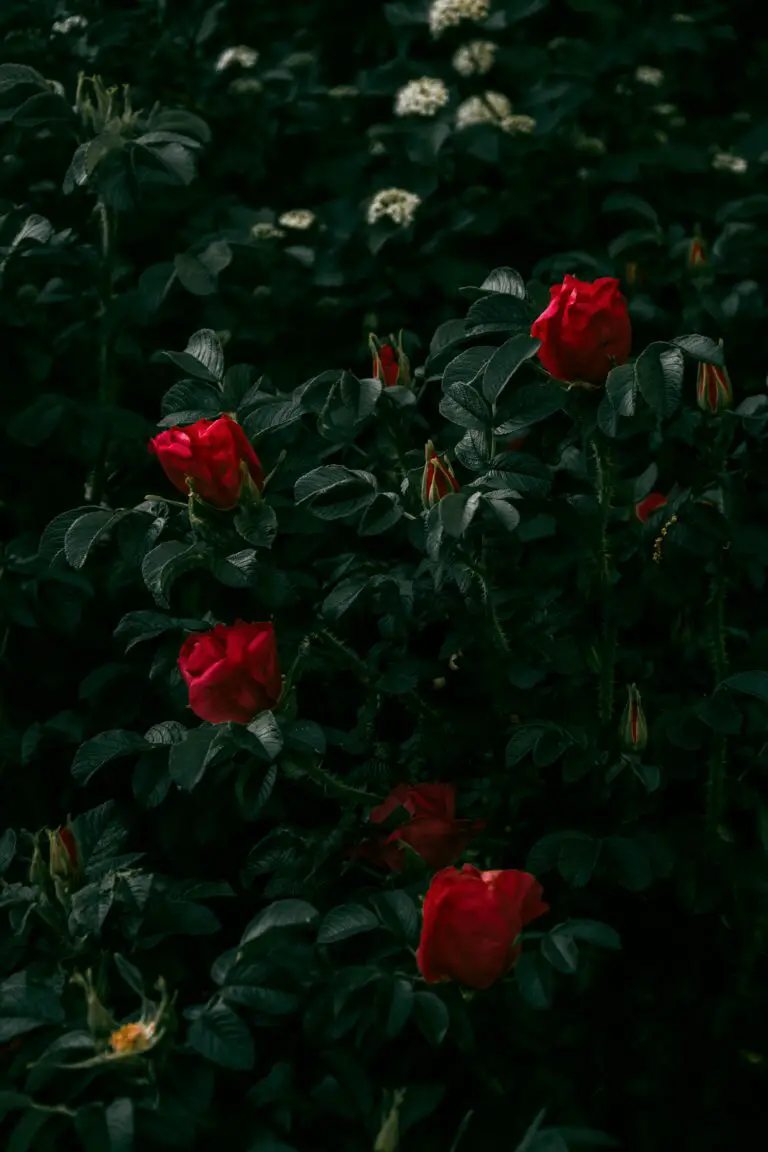
Do Haworthias Bloom Every Year?
Like clockwork, some might say, but truth be told, it’s more akin to a serendipitous event rather than an annual celebration. With the right balance of love, light, and nutrients, these succulents can surprise you with delicate flower stalks. Think of it as nature’s ‘thank you’ for your attentive care!
What Triggers a Haworthia to Flower?
Picture this: your Haworthia, basking in the perfect summer day, decides it’s showtime. Ample sunshine, a cozy winter rest, and a springtime sip of water—the secret potion for nudging those timid buds into bloom. It’s all about creating the ideal spa retreat for your plant buddy.
Are Haworthia Flowers Long Lasting?
Rome wasn’t built in a day, and neither are Haworthia blooms built to last a lifetime. Their ephemeral beauty is a fleeting whisper, often gracing us for a few precious days before bidding adieu. Savor the moment, capture those Instagram-worthy shots, and treasure the memory of their visit.
Can You Encourage Haworthia Blooms?
Play some soft classical music, whisper sweet nothings—or simply stick to a strict regimen of proper care. Champion the essentials: bask it in moderate light, avoid waterlogging its roots, and feed it well during the growing season. Do this, and watch those blooms strut their stuff.
Are the Blooms Harmful to the Plant?
A blooming Haworthia is not sounding out an SOS; it’s simply flaunting its natural cycle. Sure, it diverts some energy to those dainty flowers, but it doesn’t spell doom for the plant. Once the flowering fiesta concludes, it’s back to leafy business as usual.



